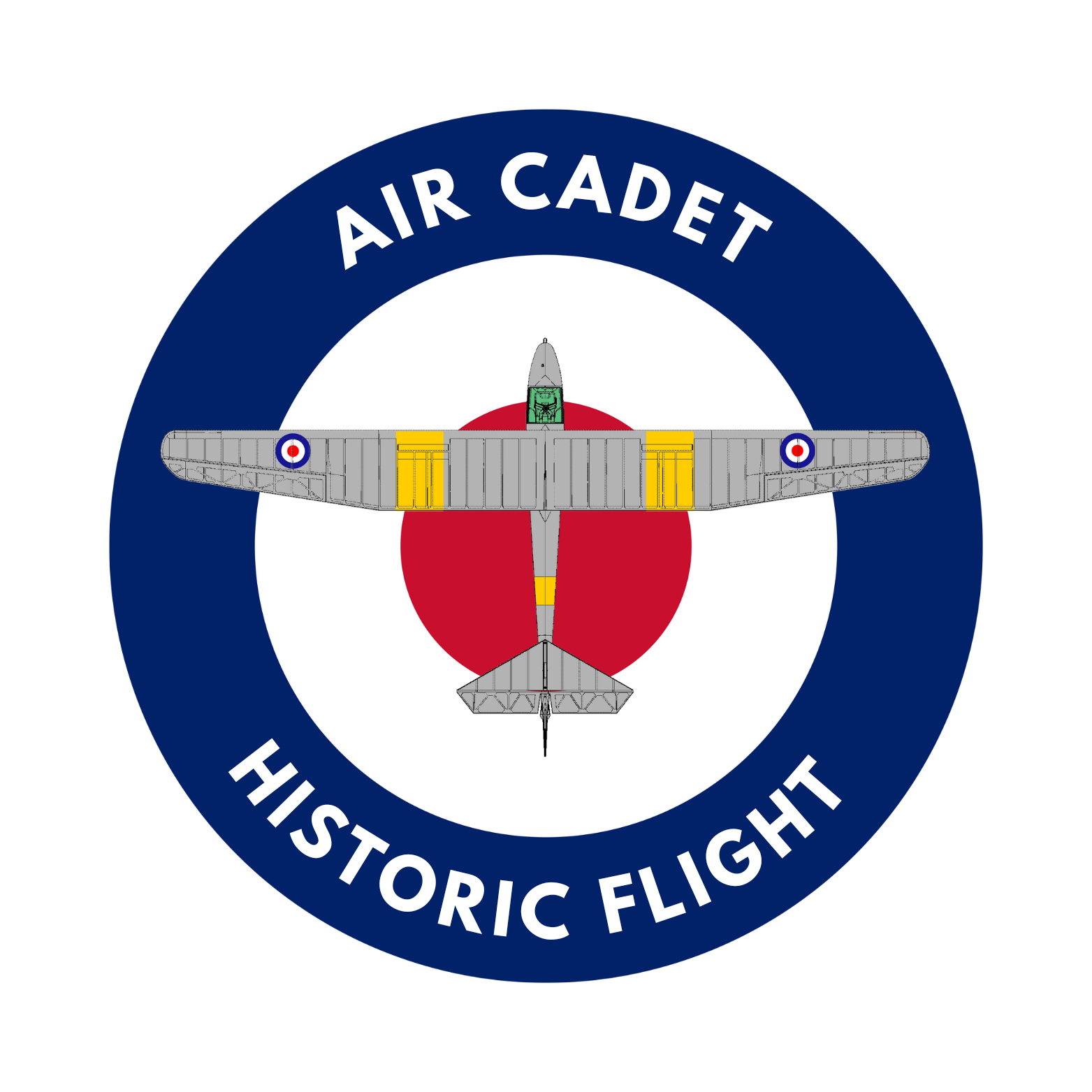During the recent Easter Course run by 621 VGS the Historic Flight was visited by Peter Garwood, Honorary Secretary of The Barrage Balloon Reunion Club.
‘The Babe’ winch is a rare Wild Winch and Hullavington was the home of the RAF’s last Balloon unit.
621 VGS HULLAVINGTON
The Visit to 621 VGS Vintage Flight
of
Peter Garwood, Honorary Secretary
The Barrage Balloon Reunion Club.
This visit had its roots at a Family History Fair hosted by Hampshire Genealogical Society in Horndean, Hants. Here the Barrage balloon Reunion Club (BBRC) had a stall publicising its work of bringing together Barrage Balloon Operators and their families and informing the public of the vital role played by Balloon Command in WWII.
The ROC Museum (also displaying at this Fair) have a trophy in the form of a Barrage Balloon which led to contact with the BBRC. In later correspondence with Mrs Phyll Wood their President, the fact that the ATC Vintage Flight have a modified Wild Balloon Winch as their means of launching Sedburgh, Cadet Mark III, Prefect and Swallow gliders at Hullavington, was mentioned.
The Vintage Flight winch is a Wild Mark 4, originally modified by 4 MU Ruislip and acquired from GSA Halton courtesy of 10 Regiment, Aldershot.
These winches are now quite rare and Peter Garwood, Hon Sec was keen to see ours, so it was arranged that he would make the journey from his home in Monmouth to Hullavington during the Easter Continuous Gliding Course. As Hullavington was the final home of the RAF’s last Balloon Unit, Peter’s visit was also to include an inspection of the Balloon Mooring Bed at the southern end of Hullavington’s hangar line and some earlier mooring weights now used in the Main Camp by the Army as parking markers.
On the day, Peter brought with him an original RAF Manual for the Wild Winch from which is was clear to see the fairly major modifications that had to be made to the winch to fit it for its new role as a glider winch. As a glider winch its cable would be pulled out across the airfield to the glider launch point, the glider attached, slack taken out of the cable and the glider launched by reeling in the cable at high speed. When used as a balloon winch the cable would be reeled out slowly as the balloon rose under its own buoyancy, and remain attached all the time the balloon was aloft. A balloon might have to be lowered quickly in an emergency (ie attack by enemy aircraft, gale etc) but this would be very slow compared to launching a glider. Major items removed as redundant had been the cable drum (holding 7,000 feet of cable (considerably thicker than glider cable), the dashboard and warning lights, and the 6 cylinder petrol engine (?Ford) now replaced with a Leyland Diesel unit. Glider operations required the addition of a single smaller cable drum. It was still possible from the original remains of its structure to see where all the original equipment has been sited. The winch was originally mounted on a 6-wheeler lorry chassis (most likely a Ford) that had been cut off at both ends of the winch and the whole assembly remounted on a 4-wheeled trailer chassis. Peter was able to identify the trailer on which the winch was now mounted as being that of a contemporary trailer used for transporting gas cylinders used for inflating Barrage Balloons.
Having made a thorough photographic record of the winch, Peter was then taken out to inspect and record the large balloon mooring bed on the airfield. Very obvious when seen from our gliders this is in the form of a large concrete ‘roundel’ with 8 spokes radiating from the centre. Originally all the gaps would have been grassed but these are now tarmac to enable Army vehicles to be parked on the area. There were many tie-down rings round the ‘bed’ that enabled the Balloon crew to reposition Balloons more easily into wind when the wind direction changed.
This ‘bed’ when it was installed was the latest technology, replacing mooring arrangements that relied on a large crew simultaneously moving 2 circles of weights to which were attached the balloon’s mooring ropes. These were the two-man (or more likely woman) weights that Peter was later to record in use in the main Camp.
Peter concluded his visit by showing us a number of Barrage Balloon artefacts and left us a sample of balloon fabric and showed a fascinating set of photographs some of which were taken at Hullavington at the ceremony when the final RAF balloon was retired.
Peter’s visit threw light on a relatively little know wartime operation and on the use of our historic airfield from 1966 to 1995 by the RAF for Barrage Balloon operations.
If any readers know where there is a balloon winch or a Barrage Balloon in any condition in existence, Peter would be pleased to hear from them. Incidentally, there are only 5 complete Barrage Balloons in existence and one of these is in Russia, presumably courtesy of the Russian Convoys?
N A Cullingford, Squadron Administrator, 621 VGS. April 2012
